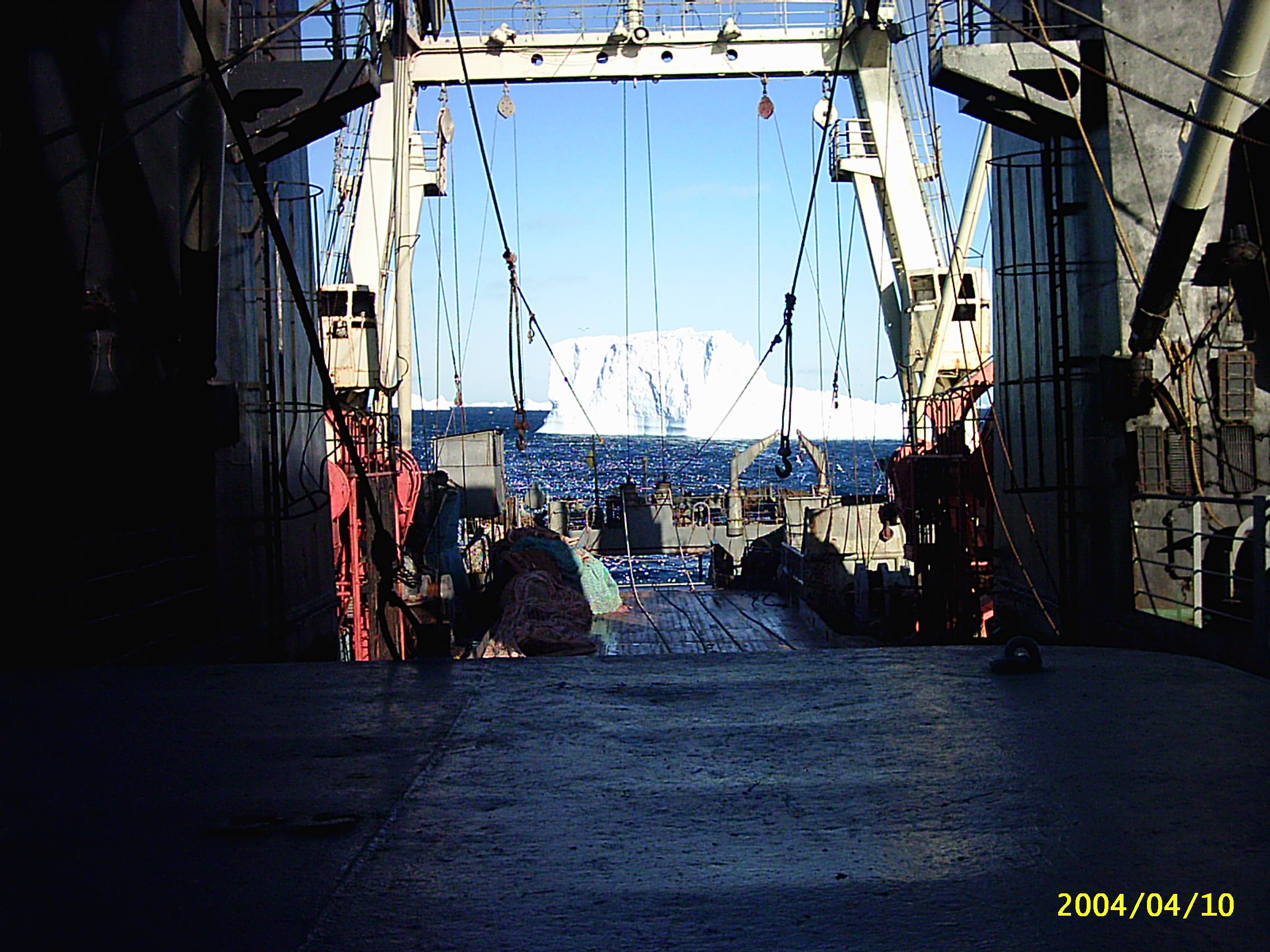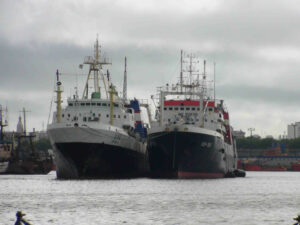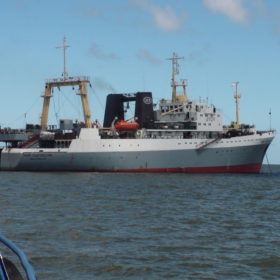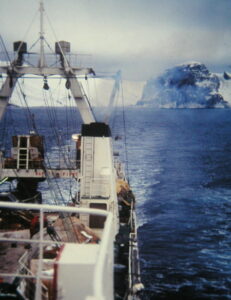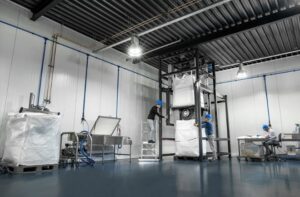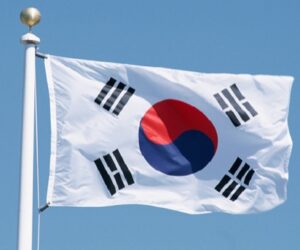Financial and Commercial Analysis.
Krill Meal/Oil versus Frozen Krill Meat (2009). Version 2008-2009.
Abstract:
Financial and econometric matrix-calculations were built to re-evaluate EBITDA result for a factory trawler operation targeting feed-grade dried krill meal plus feed-grade (eventually mixing-quality) krill oil. Fundamentals are almost the same as Tharos’ 2007/2008 report in terms of type of trawler and processing principles such as fuel consumption per unit of end-product, processing yields, operational considerations (e.g. sailing versus capture dates, idle days) and other working principles. Market prices were the ones provided by Tharos’ proprietary price matrix (separate report) benchmark by current market prices and proxy evaluation. Fuel and other strategic costs were valued at market costs provided by international sources and service providers.
In a regular meal:oil production matrix, NPV result is negative in almost all pricing:cost structures. Current production operations based on such standard framework are no longer profitable. We are not even counting insurgents’ new product development and market updated needs.
To solve such conundrum on already installed processing layouts, the effect of adding slightly cooked krill meat on the production matrix was calculated. Six different price scenarios combined with at least three different production mixes were evaluated. Price ratios for meal:oil (not-patented Tharos; oil):meat range from US$1.450:US$9.750:US$6.500 per ton to US$1.000:US$6.000:US$2.000, respectively. Production mixes range from 0% meal + 100% meat production towards 100% meal + 0% meat production, respectively. The resulting tree decision matrix shows that only under specific circumstances this type of operation
becomes profitable.
NPV effect on a 7 year-working operation becomes negative in almost all analyzed cases showing that the original meal:oil production formula financial constraint is tough to brake in terms of investment payback. There are scenarios were operational matrix change becomes profitable, but on few and very specific cases only. Negative NPV confirms that the known meal:oil (even meal:oil:meat) production matrix is no longer workable under normal working principles known so far. Financial analysis also shows that marketing investment becomes critical to make the entire meal:oil:frozen meat workable. A relevant marketing investment allow negative NPV’s as high as US$45MM to become best scenario close to positive US$56M gain. Standard deviations are also so relevant that even on the positive NPV scenarios, standard deviation is relevant requireing very strict on-board and at-sea working considerations.
Additionally, several flexibilizations we run. Daily catch remains a leading decision factor as well as frozen meat price.

